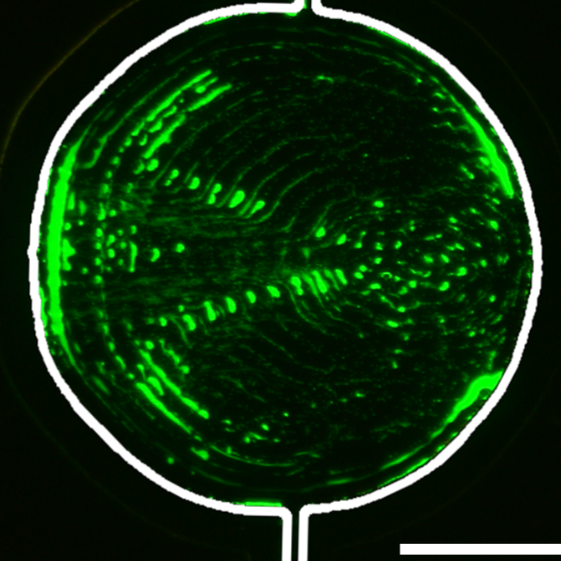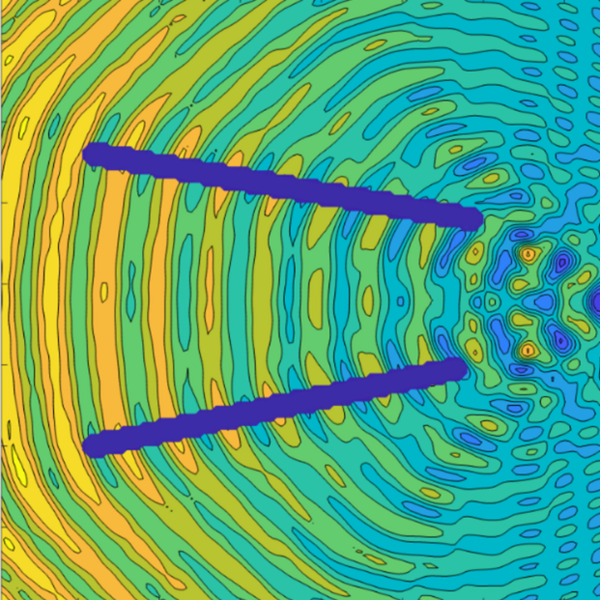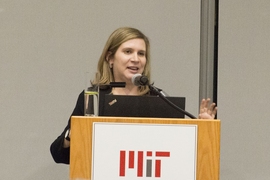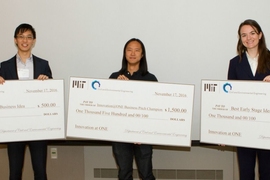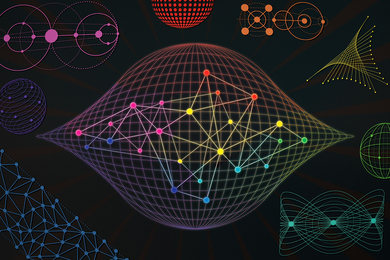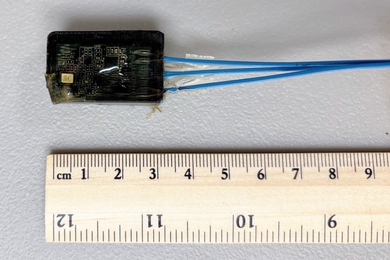Researchers in the MIT Department of Civil and Environmental Engineering (CEE) have received a gift to advance their work on a device designed to position living cells for growing human organs using acoustic waves. The Acoustofluidic Device Design with Deep Learning is being supported by Natick, Massachusetts-based MathWorks, a leading developer of mathematical computing software.
“One of the fundamental problems in growing cells is how to move and position them without damage,” says John R. Williams, a professor in CEE. “The devices we’ve designed are like acoustic tweezers.”
Inspired by the complex and beautiful patterns in the sand made by waves, the researchers' approach is to use sound waves controlled by machine learning to design complex cell patterns. The pressure waves generated by acoustics in a fluid gently move and position the cells without damaging them.
The engineers developed a computer simulator to create a variety of device designs, which were then fed to an AI platform to understand the relationship between device design and cell positions.
“Our hope is that, in time, this AI platform will create devices that we couldn’t have imagined with traditional approaches,” says Sam Raymond, who recently completed his doctorate working with Williams on this project. Raymond’s thesis title, "Combining Numerical Simulation and Machine Learning," explored the application of machine learning in computational engineering.
“MathWorks and MIT have a 30-year long relationship that centers on advancing innovations in engineering and science,” says P.J. Boardman, director of MathWorks. “We are pleased to support Dr. Williams and his team as they use new methodologies in simulation and deep learning to realize significant scientific breakthroughs.”
Williams and Raymond collaborated with researchers at the University of Melbourne and the Singapore University of Technology and Design on this project.
